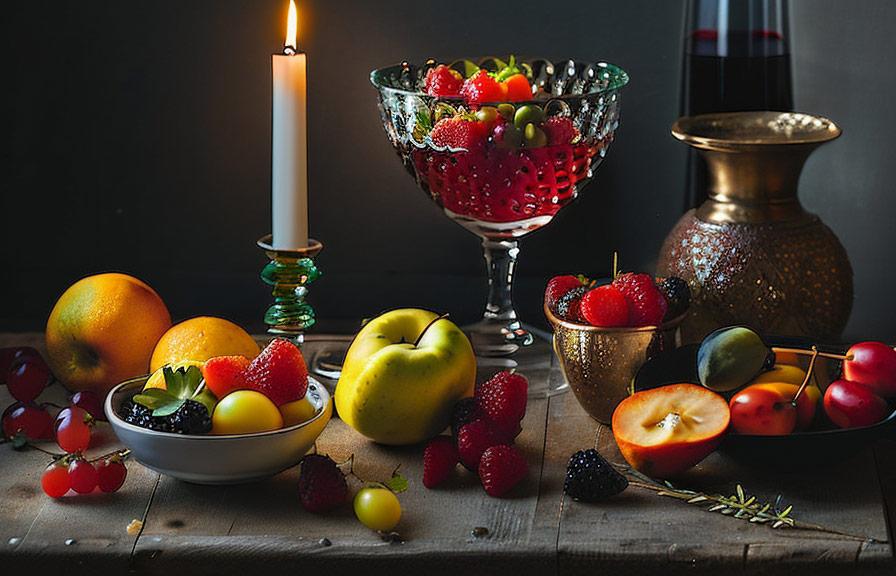Did you know that the practice of still life photography dates back to the early 1800s, following the invention of the first camera? fast forward to today, and still life photography remains a popular and versatile genre, capturing the beauty and essence of objects, often transforming the mundane into something extraordinary.
In this post, we will discuss how to compose, light, and edit a still life photo, turning you into a master of this timeless art form.

Composing a still life photo: elements, balance, and simplicity
The composition is the foundation of a successful still life photograph. here are some key principles to follow when arranging your scene:
1. Choose your subject and elements wisely: select objects that have a connection or tell a story. consider using contrasting textures, colors, and shapes to create visual interest.
2. Arrange your elements with balance in mind: balance can be achieved through symmetry, asymmetry, or a combination of both.
Experiment with different arrangements to find the one that works best for your scene.
3. Simplify your composition: keep the focus on the main objects by eliminating distracting elements. negative space can be a powerful tool to emphasize your subject.
Fun fact: the term "still life" comes from the dutch word "stilleven," which was used to describe paintings of inanimate objects in the 16th and 17th centuries.
Lighting your still life photo: natural light vs. artificial light
The lighting in still life photography can drastically change the mood and atmosphere of your image. here's how to choose and use the right lighting source:
1. Natural light: utilize window light or outdoor settings for a soft, diffused look. to control the intensity and direction of natural light, use reflectors, diffusers, and shades.
2. Artificial light: studio lights, flashes, and even household lamps can create dynamic and controlled lighting setups.
Experiment with the intensity, direction, and color temperature to achieve the desired effect.
3. Combination of light sources: mix and match natural and artificial light sources to create unique and interesting lighting scenarios. just remember to maintain consistency in color temperature and overall mood.
A lesser-known fact: the first-ever still life photograph was taken by french inventor Nicephore Niepce in the early 1820s. it was an image of a set table, showcasing a variety of objects.
Editing your still life photo: enhancing, correcting, and stylizing
Post-processing is an essential part of still life photography that can elevate your image to the next level. here are some editing tips to refine your photo:
1. Enhance the overall look: adjust the exposure, contrast, and colors to make your image pop. be careful not to overdo it subtle adjustments can make a big difference.
2. Correct imperfections: use retouching tools to remove dust spots, scratches, and other unwanted elements.
This is especially important in still life photography, as small details can draw the eye.
3. Apply creative effects: experiment with filters, textures, and other effects to add a personal touch to your image. keep in mind the overall mood and theme of your still life composition when applying
These effects.
Did you know that the famous painter vincent van gogh was also a fan of still life photography? he once wrote in a letter to his brother theo, "i am always doing what i cannot do yet, in order to learn how to do it...
I have a terrible lucidity at moments when nature is so beautiful. i am not conscious of myself anymore, and the pictures come to me as in a dream."
Conclusion
Mastering the art of still life photography requires attention to composition, lighting, and editing. by carefully selecting your objects, arranging them in a balanced and simplified manner, and utilizing the right light sources, you can create captivating images.
Finally, enhance your work with thoughtful editing and post-processing techniques. with practice and patience, you too can capture the essence of still life and elevate your photography skills.
